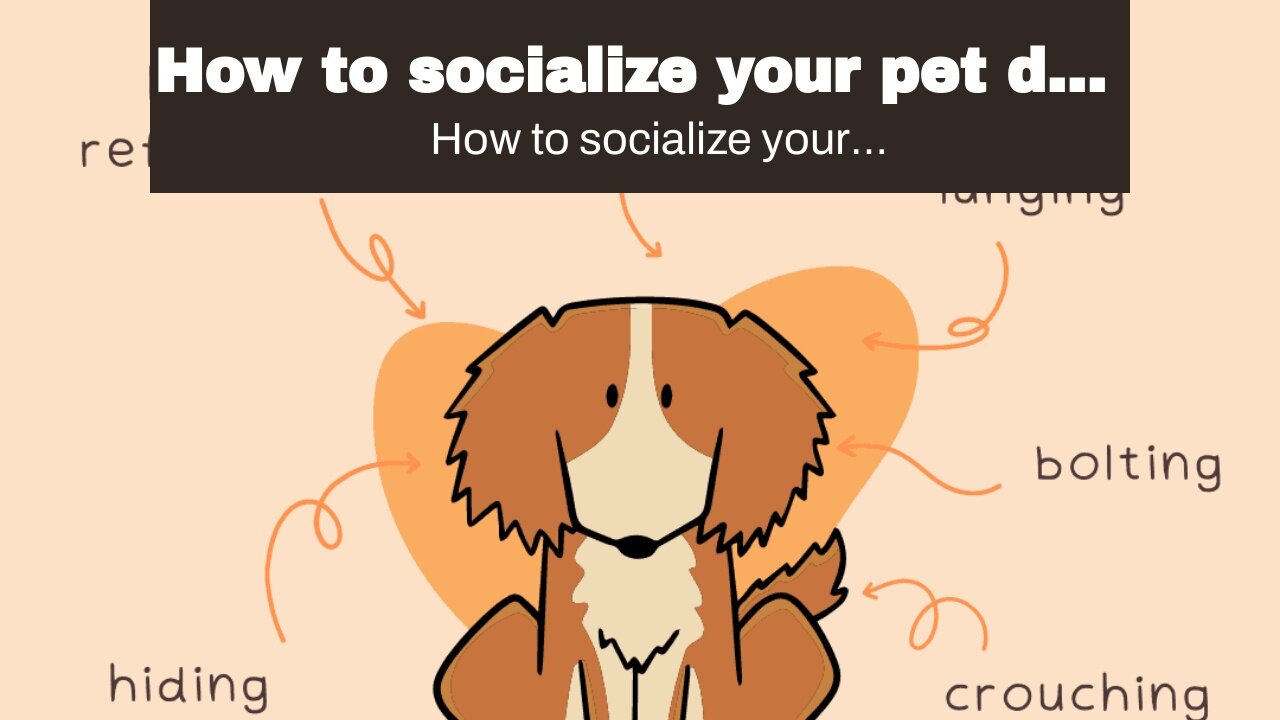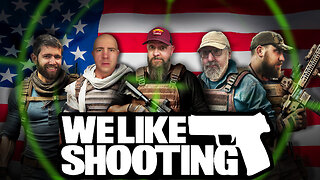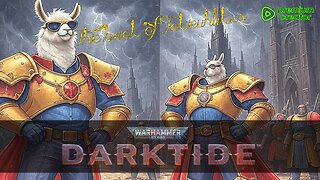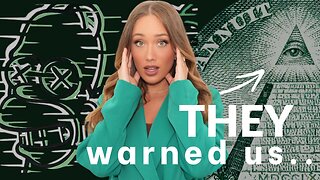Premium Only Content

How to socialize your pet dog with reactive behavior
How to socialize your pet dog with reactive behavior
How to socialize your dog with a reactive behavior https://www.topdogadvisor.com/how-to-socialize-your-dog-with-a-reactive-behavior/?utm_source=rssutm_medium=rssutm_campaign=how-to-socialize-your-dog-with-a-reactive-behavior Socialization is a term used to describe the process of getting a puppy comfortable with the world around him. What if your dog is an adult and has big feelings about other dogs? Does he bark at them or lunge at them? Can you socialize an adult dog that is reactive to other dogs? Technically, an older dog cannot be “socialized” by us. That ship was lost before he lost his baby tooth! We can help him be more comfortable around other dogs. This can take longer than expected and...
How to socialize your dog with a reactive behavior https://www.topdogadvisor.com/how-to-socialize-your-dog-with-a-reactive-behavior/?utm_source=rssutm_medium=rssutm_campaign=how-to-socialize-your-dog-with-a-reactive-behavior Socialization is a term used to describe the process of getting a puppy comfortable with the world around him. What if your dog is an adult and has big feelings about other dogs? Does he bark at them or lunge at them? Can you socialize an adult dog that is reactive to other dogs? Technically, an older dog cannot be “socialized” by us. That ship was lost before he lost his baby tooth! We can help him be more comfortable around other dogs. This can take longer than expected and requires a solid plan. This can be complex and time-consuming….
Socialization is a term used to describe the process of getting a puppy comfortable with the world around him. What if your dog is an adult and has big feelings about other dogs? Does he bark at them or lunge at them? Can you socialize an adult dog that is reactive to other dogs? Technically, an older dog cannot be “socialized” by us. That ship was lost before he lost his baby tooth! We can help him be more comfortable around other dogs. This can take longer than expected and requires a solid plan. This can be complex and time-consuming. For the initial consultation and key moments in the process, it would be wise to hire a local, force-free trainer. First Goal: Keep Dog Under Threshold This canine makeover begins with arranging your dog’s environment to ensure that he doesn’t feel the need (over)react. It doesn’t matter if your dog reacts to over-excitement or frustration. We will stop him from being too close to other dogs so that he does not react to them. This is what we refer to as keeping your dog “under threshold” and is crucial for the success of this project. Here’s why: Your dog’s behavior is a pattern that we want to eradicate. Your dog’s reactive behavior (dog barks at other dogs, dog lunges at dog) will wear into his brain, making it the most traveled path through the woods. This must change. We must not allow the unwelcome path to become overgrown. Instead, we should create a calmer alternative. If you take your dog on a regular walk with other people walking their dogs and he “goes insane” every time he passes them, then he is practicing the behavior (and feeling those feelings) that we want him to stop. You can’t continue to ignore your dog’s reactions to other dogs if you want to get rid of his overreactivity. You must end these “practice sessions” with unwanted behavior! We want to create a calm, new pathway in your dog’s brain so that he only sees other dogs from a distance that is safe for him to remain below threshold. He learns from you when he is calm and relaxed. These are some things you can do to help your dog get away from other dogs. You can change the time you take your walks. Change the time you walk so that there are fewer dogs around. Change the place you take your walks. You can drive to a park if your neighborhood is full of dogs. Be aware if your park has narrow paths that could make it difficult for you to pass another dog, and don’t do so. Always be aware of what is happening around you. Be aware of other dogs when you go on walks. You should be able to cross streets, change directions, walk up driveways, or use bushes to make a barrier between your dog, and other dogs. You might encounter the off-lead dogs with no recall, so it’s worth looking for open spaces. These dogs, no matter how frien...
-
 11:30:43
11:30:43
ZWOGs
12 hours ago🔴LIVE IN 1440p! - Tarkov w/ Casey & crgoodw1n, Kingdom Come Deliverance, & More - Come Hang Out!
26.4K5 -
 2:30:56
2:30:56
We Like Shooting
16 hours ago $1.77 earnedWe Like Shooting 625 (Gun Podcast)
19.9K1 -
 1:45:02
1:45:02
Glenn Greenwald
7 hours agoIsrael Slaughters More Journalists, Hiding War Crimes; Trump's Unconstitutional Flag Burning Ban; Glenn Takes Your Questions | SYSTEM UPDATE #504
125K164 -
 1:29:31
1:29:31
Killerperk
4 hours ago $0.74 earnedRoad to BF6. Come hang out #regiment #bf6
26.2K2 -
 4:35:45
4:35:45
Jokeuhl Gaming and Chat
5 hours agoDARKTIDE - Warhammer 40k w/ Nubes Bloobs and AoA
18.4K1 -
 LIVE
LIVE
Cripiechuccles
6 hours ago😁💚💙MOTA MONDAY WITH CRIPIE💚💙 👌SMOKING, GAMING & WATCHING FLICKS!:😁
45 watching -
 36:11
36:11
Stephen Gardner
5 hours ago🔥'Burn ALL TRUMP FLAGS’ says Tim Walz + Democrat CAUGHT rigging own election!
23.1K15 -
 10:10
10:10
robbijan
1 day agoHollywood’s Hidden Messages: Predictive Programming & What’s Next
17.3K18 -
 40:13
40:13
MattMorseTV
6 hours ago $6.60 earned🔴It's EVEN WORSE than we thought...🔴
31.7K83 -

MissesMaam
8 hours agoVariety Games💚✨
18.9K4